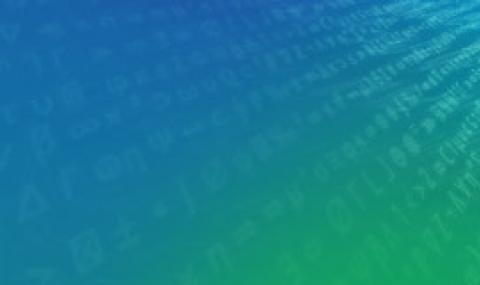
Although space and time are very different in nature, they are closely interrelated. This leads to inherent visual trade-offs between time and space. This is also what makes video much more than just a plain collection of images of the same scene taken from different view-points. Therefore, in contrast to the traditional way of analyzing video on a frame-by-frame basis, my work has focused on analyzing simultaneously all available data in entire space-time volumes. I have shown that such a space-time approach is essential in order to perform tasks that are very difficult and often impossible to perform otherwise, when only “slices” of this information are used (such as discrete image frames or discrete feature points). The space-time approach gives rise to new powerful ways of analyzing and exploiting recorded visual information from single and multiple visual sources.
My research work in this area is aimed toward:
-
developing theories and tools for analysis and interpretation of space-time visual information,
-
developing methods to exploit this rich visual information for useful real-world applications, and
-
develop new and improved visual capabilities that exceed optical bounds of today’s visual sensors (including the human eye).


